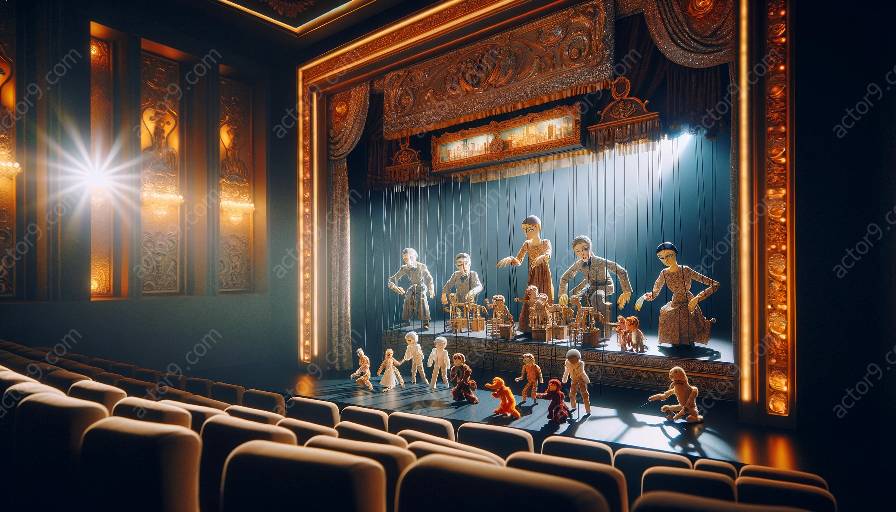Puppetry is an ancient and captivating form of storytelling and artistic expression that has transcended time and cultural boundaries. The origins of puppetry can be traced back thousands of years, with evidence of its existence found in various civilizations across the world.
Ancient Origins
The history of puppetry dates back to ancient civilizations such as Egypt, Greece, and Rome. In Egypt, references to puppetry can be found in hieroglyphics and ancient texts, indicating that the art form was present in religious ceremonies and entertainment.
In Greece, puppetry was closely associated with the worship of Dionysus, the god of fertility and wine. The Greeks used puppets in theatrical performances during religious festivals, and these early forms of puppet theater laid the groundwork for the development of Western drama.
Asian Influences
Across Asia, puppetry has a rich and diverse history. In India, puppetry has been an integral part of traditional folk performances, with various regional styles and techniques developed over the centuries. The art of puppetry in India has often been intertwined with religious rituals, storytelling, and community traditions.
In China, shadow puppetry has a long history that dates back to the Han Dynasty (206 BCE – 220 CE). Shadow puppet plays became a popular form of entertainment, with intricate puppets crafted from leather and animated behind a backlit screen. The stories depicted in Chinese shadow puppetry often conveyed moral lessons and historical narratives.
Medieval Europe and Renaissance
During the Middle Ages in Europe, puppetry flourished as a form of popular entertainment. Performances featuring marionettes and hand puppets were staged at fairs, markets, and courts. Puppeteers often used religious and secular themes in their performances, appealing to both the common people and the nobility.
With the advent of the Renaissance, puppetry gained further recognition and evolved as an art form. In Italy, the Commedia dell'arte, a popular form of improvised theater, incorporated puppetry into its performances, contributing to the development of modern puppet theater.
Modern Revival and Diversification
In the modern era, puppetry has experienced a revival and diversification. Puppeteers have continued to push the boundaries of the art form, exploring new techniques and incorporating contemporary themes into their performances. From traditional handcrafted puppets to innovative digital puppetry, the possibilities for storytelling through puppetry are endless.
Puppetry has also found its place in various multimedia platforms, including film, television, and interactive digital experiences. The art form's ability to engage audiences and convey powerful narratives has made it a valuable medium for both entertainment and education.
Across cultures and throughout history, puppetry has remained a dynamic and enduring form of artistic expression. Its origins, rooted in ancient traditions and innovative creativity, continue to inspire and captivate audiences around the world.


























